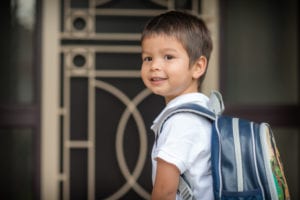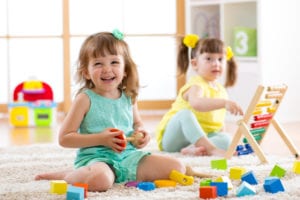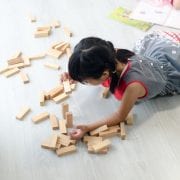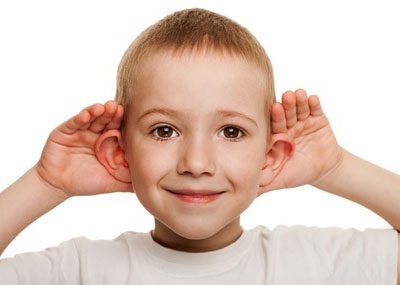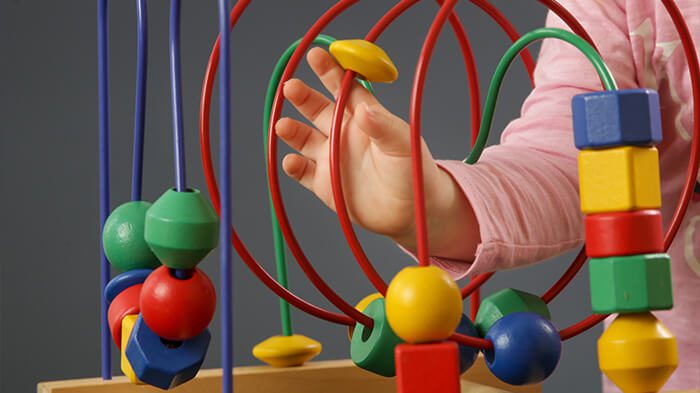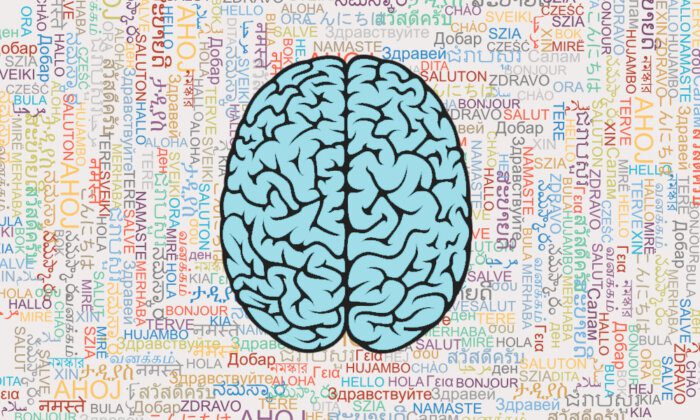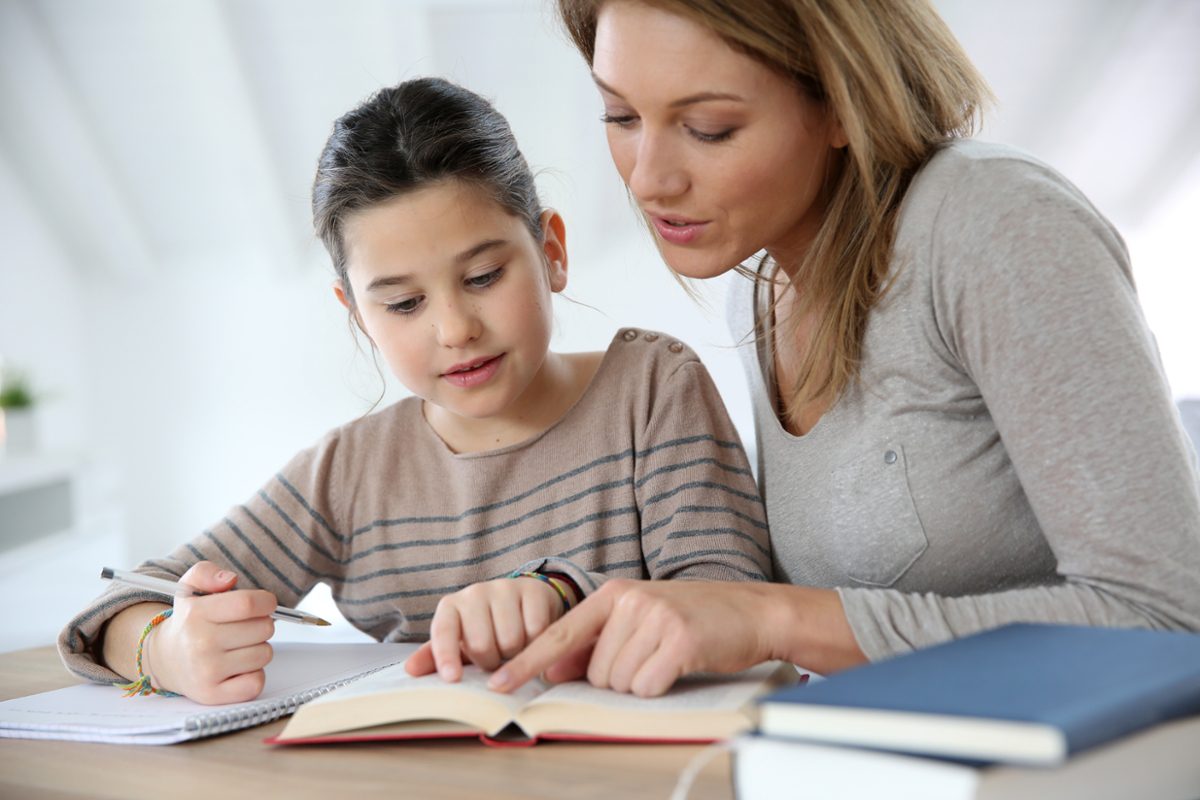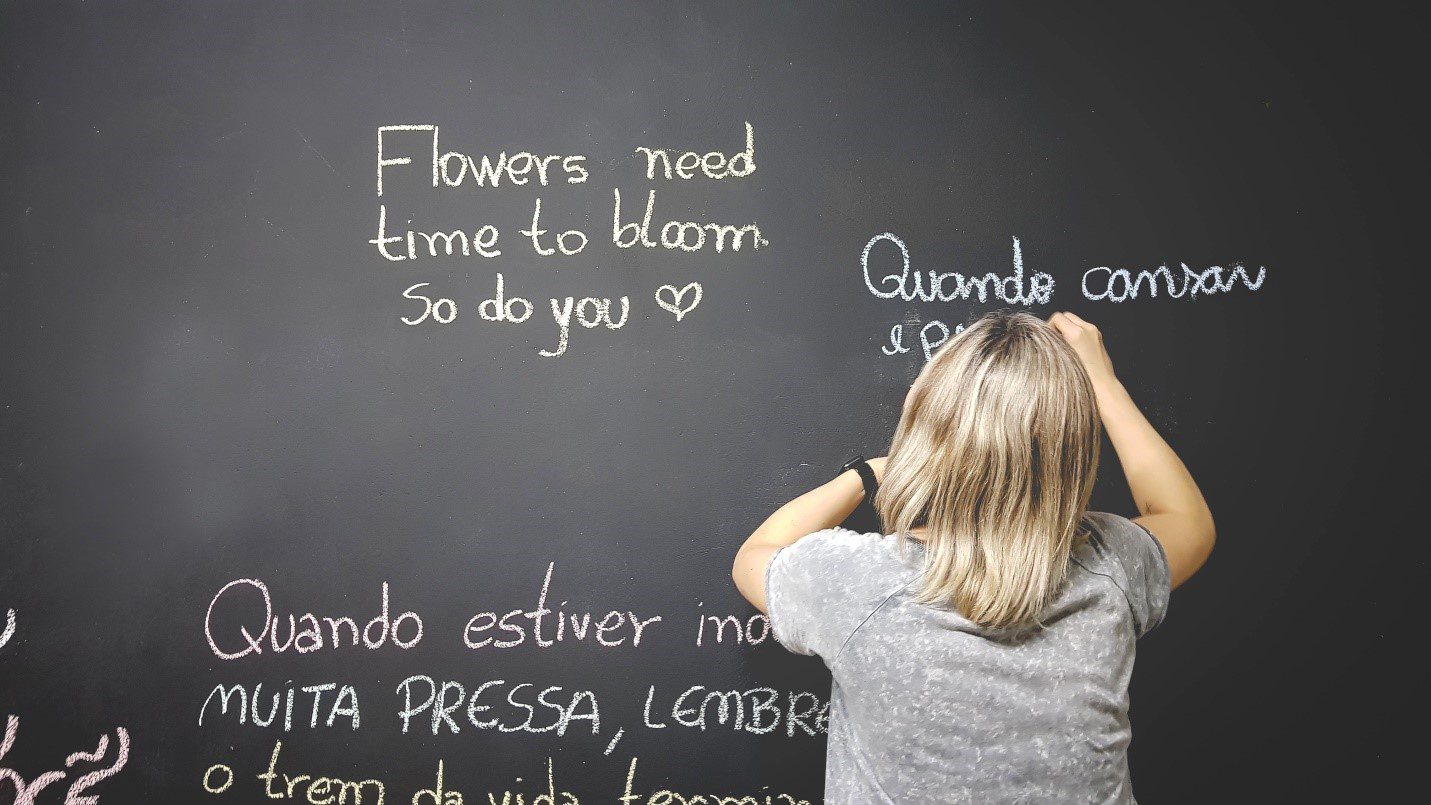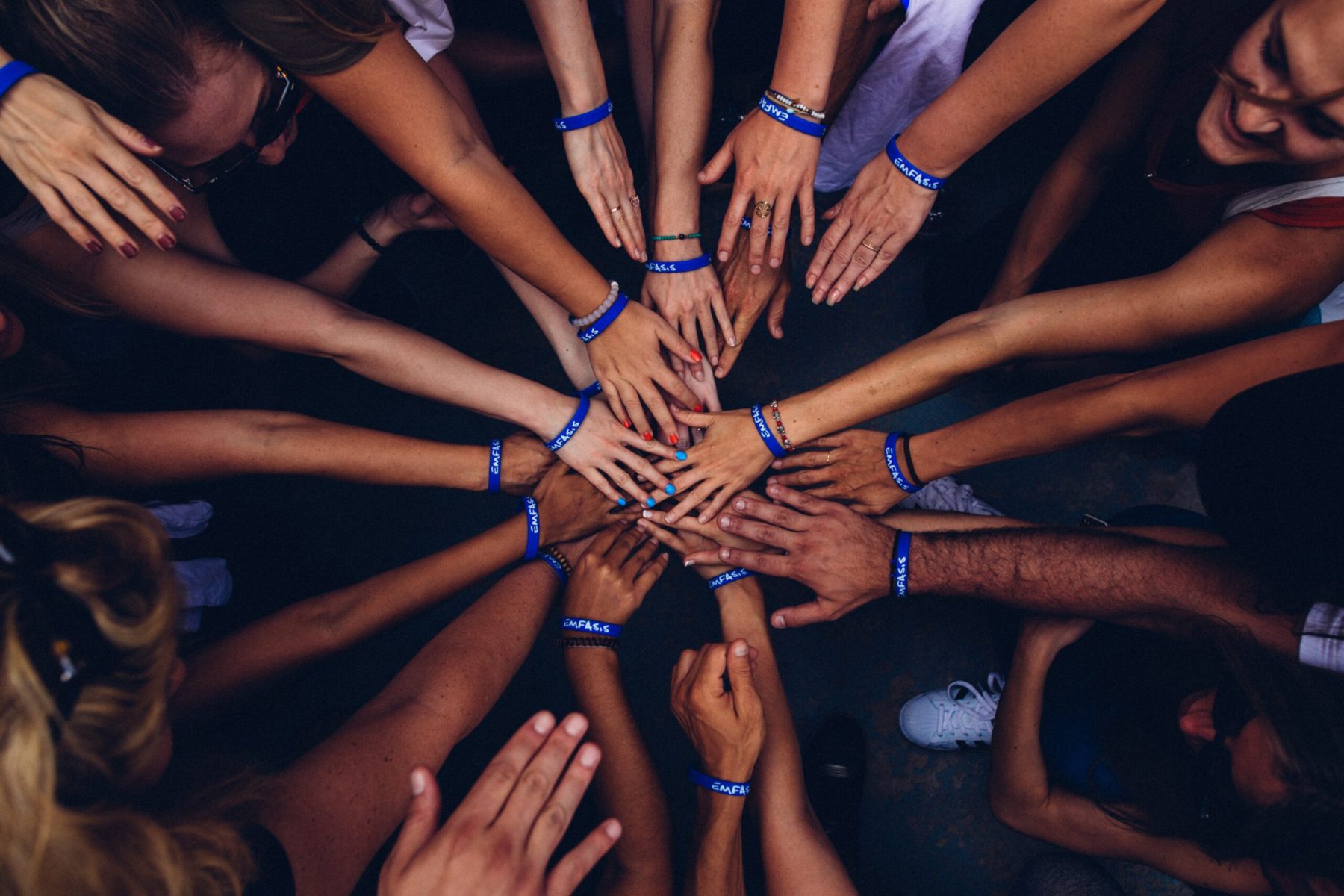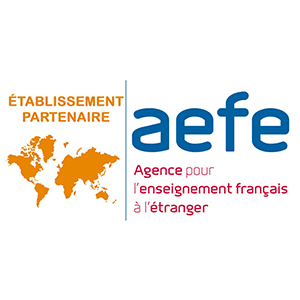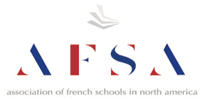Is Your Child Ready for Preschool?
by Tori Galatro
The typical age children enter preschool is 3 or 4 years old to prepare them for kindergarten at age 5. Many parents worry that their child may not have reached the appropriate developmental milestones for preschool, and don’t know when the right moment is. Deciding on the readiness of your child for preschool is not an exact science. No child enters preschool perfectly developed in all areas, and they shouldn’t be. Preschool should challenge them and help them to develop skills they don’t already have. So if they don’t check all of the skill boxes, don’t panic, and you don’t necessarily need to wait either.
However, there will be certain elements your child will have to deal with in preschool. They will be separated from you for multiple hours, asked to follow a routine, and follow simple instructions. In some cases, they may be expected to be potty trained. If they feel overwhelmed, frustrated, or alienated by these demands, that won’t help them to develop those skills any faster. Feeling calm and confident is important to social and emotional development, which helps with every other life skill. If your child is excited to be at preschool, and feels positively about the environment, they are more likely to learn and develop in that environment. It’s totally normal for children to experience separation anxiety and feel overwhelmed or upset, but preschool should not feel consistently scary and negative for long periods of time.
Pay attention to your child’s development and wait for the moment where they reach the happy medium, where the demands of preschool are fun and challenging at the same time. If you’re not sure if they are ready, remember that you can always start helping them to develop these skills at home. They can also begin by going part-time, and increase to full-time at a later date.
Potty Training
Some preschools don’t require that children be potty trained, while others are very strict about it. Either way, it’s a great skill to focus on with your child at home to help them learn other important skills like communicating their needs, personal hygiene, and using self control. Make sure your child understands that hand washing is part of the same activity, no matter where they are or who they’re with.
Concentration, Independence, & Communication
Unlike potty training, these “soft” skills will help your child to participate in activities, have their needs met, and learn from the lessons being taught to them. Help your child to practice doing designated activities for 10 to 20 minutes at a time, do simple chores by themselves, and express themselves verbally, even if they aren’t using complete sentences. Get them to be around other children, even if they aren’t directly interacting yet.
Emotional Coping
Most children need to be eased into being away from their parents for an extended period of time. Few children can be expected to adapt to this right away without a little practice first. Leaving your child with a babysitter of family member is also great practice for you if you’re feeling just as apprehensive as them about the separation.
Energy Levels
Preschool requires some serious energy and the ability to follow a routine. If your child is taking long mid-morning naps and isn’t used to a schedule, a great way to get them ready for preschool is to mimic the routine of preschool at home. Also, making sure they get good quality sleep at night starting at a reasonable hour in the evening, and exercise during the day, will help them stay energized and healthy overall.
The quality of the preschool you choose is just as important to their development as the age they start. At home and at school, your child will learn and grow best if the people around them are showing them care and attention, listening to them, and paying attention to their needs. Again, don’t worry too much that their age match the exact average for their class.
It’s always possible that they could skip a grade later if they are placed in the correct developmental age group now. And remember that if you’re concerned about your child’s development in any way, you should always talk to their doctor. Addressing concerns about their development now, even if that means holding them back, will help them in the future.
At Tessa International School, a nurturing, caring and challenging environment is who we are. Potty training is not required for the younger ages. We’re committed to creating a partnership between home and school environments. To find out more, feel free to contact us at 201 755 5585.



